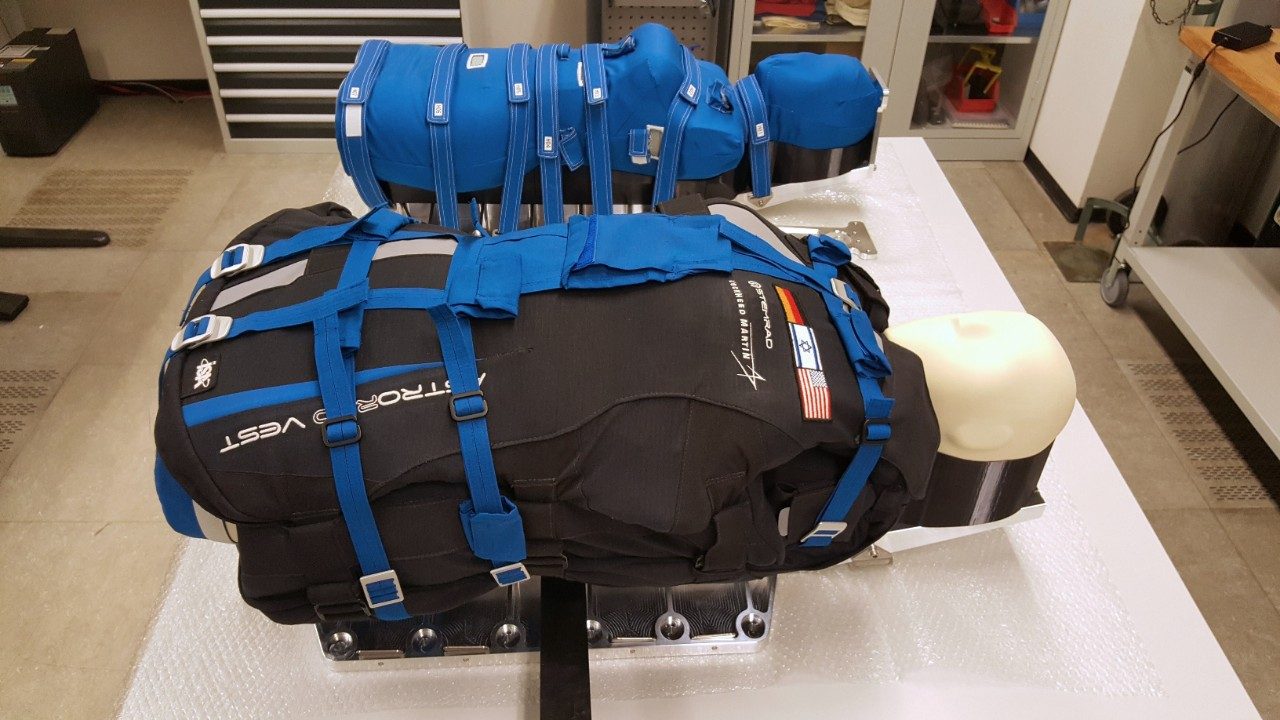The Lockheed Martin-built Orion is a habitable spacecraft designed to support astronauts’ everyday life while traveling to deep space.
Humans have flown in space for just over 60 years, yet all but 11 missions have stayed close to Earth. With the liftoff of NASA’s Artemis program, NASA’s Orion spacecraft was developed by Lockheed Martin engineers with key systems and capabilities to keep astronauts safe and healthy far into deep space – at a level of safety and duration superior to the Apollo spacecraft.
“We focused on creating an environment that would accommodate a mixed-gendered crew, including a first percentile, 4’10” female to a 99 percentile, 6’4” male,” said Cynthia Hudy, Human Systems Integration Manager at Lockheed Martin Space. “My favorite part of the engineering process is the human-in-the-loop testing. We are able to see the different ways that the crew members will interact with these systems, while gaining feedback, which allows us to make changes where necessary.”
A “Day in the Life” of the Artemis Crew
Cynthia and her team consider themselves interior designers of sorts.
They worked with NASA and Lockheed Martin designers to enable the optimal usability and comfort of human life systems on the Orion spacecraft, while also enabling astronauts to survive through the tough journey into deep space. Walk through a day in the life of an Orion crew member and the systems that will make that day possible.
Orion’s displays and controls are a dramatic upgrade to the space shuttle and are more related to those on a modern commercial airplane. With three large vertical glass panels that can displays a variety of visual screens, hard switches outlining the bezels and a curser control devise (that acts like a mouse), the displays automatically warn the crew about system failures, which allows the crew to quickly react. The display unit was also built at a slight curve, which makes it visible and reachable for the commander and pilot, who sit side by side.
Orion’s capsule, or crew module, was developed to mitigate the dangers of space radiation. Orion is the first human spacecraft to take radiation into account. So how does it do that? Behind the seats are stowage lockers that are designed to also be used as radiation shelters for the crew members. Astronauts may also be given
AstroRad vests, developed by
StemRad and Lockheed Martin for additional radiation protection and greater freedom of movement outside of the radiation shelter.
Orion, in a sense is a cocoon that supports human life while in the harshest of environments – deep space. The Environmental Control and Life Support System (ECLSS) system is designed to provide a habitable, healthy environment for four crew members in both short-sleeve and suited operations under a variety of conditions from prelaunch to landing and recovery. Orion’s ECLSS must maintain a breathable atmosphere including removing carbon dioxide and other harmful contaminants, while sustaining a comfortable cabin temperature. A new and unique regenerable carbon dioxide and humidity removal system saves substantial space and mass over other spacecraft. Orion’s extensive ECLSS also provides water for consumption and hygiene as well as solid and liquid waste management, and fire detection and suppression. Leveraging NASA’s decades of human spaceflight experience, it is uniquely designed to sustain critical life functions after a catastrophic event — such as loss of pressure or fire — and return the crew home safely from far distances, a capability that hasn’t been required since Apollo.
Lockheed Martin’s engineers designed a kitchen area, known as the galley, for four astronauts to use over their multi-week missions. The astronauts will use a water dispenser and a food warmer to make their meals. The galley is also an area where the crew members will gather and eat together. To stabilize themselves while preparing their meals and eating, they will use the backs of their seats and wrap their foot under a foot rail or loop.
The four astronauts each sleep in a lightweight sleeping bag, all of which are attached to the walls to keep them from floating around. The crew members’ bodies take up most of the cabin, but still allow space to be able to access the bathroom and the display and controls unit. While sleeping, the cabin lights can be turned off or dimmed, and the crew can adjust the volume of the alarm system.
Exercising with No Gravity
The medical community requires that astronauts exercise daily while in space — except for launch and landing days. On Orion, crew members will use a fly wheel exercise device like a rowing machine, with a foot plate mounted at a 40-degree angle to give them head room. They can do both aerobic activity and strength training with loads up to 400 pounds. When the astronauts exercise, they will be exerting an increased amount of carbon dioxide and sweat, which leads to higher humidity in the cabin. The spacecraft’s ECLSS mitigates these issues by providing constant airflow, oxygen and humidity control.
The hygiene bay is approximately the size of a small airplane bathroom. As a separate compartment behind the bulkhead, similar to the radiation shelters, the hygiene bay has a door and gives the astronauts privacy. This space accommodates mixed-gendered crews so they can comfortably take care of their hygienic needs and even have private conversations with people back on Earth.
Orion is a spacecraft like no other. It’s designed to sustain life far away from home for up to 21 days and even longer with supportive systems. This new generation spaceship will take humans farther into our solar system than ever before. NASA’s Artemis, with the Orion spacecraft as its cornerstone, is the start of a new era of human exploration.





